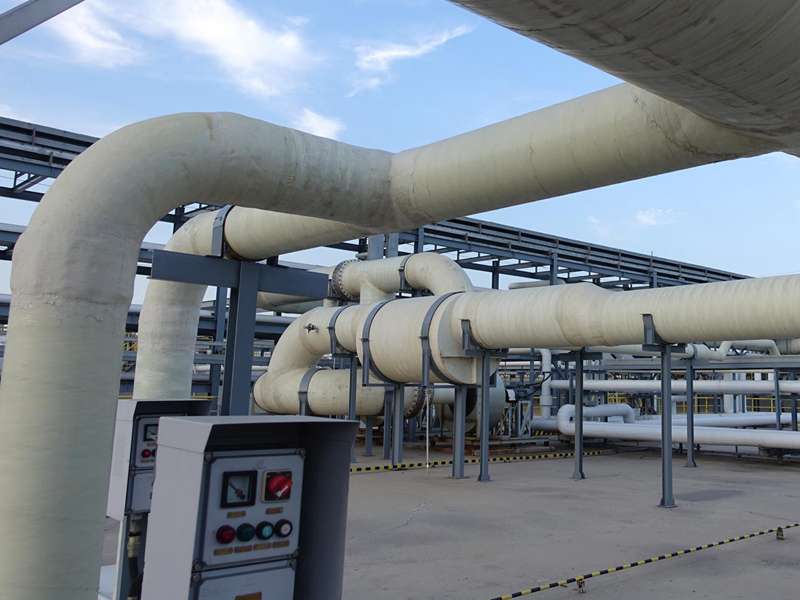
-
 Afrikaans
Afrikaans -
 Albanian
Albanian -
 Amharic
Amharic -
 Arabic
Arabic -
 Armenian
Armenian -
 Azerbaijani
Azerbaijani -
 Basque
Basque -
 Belarusian
Belarusian -
 Bengali
Bengali -
 Bosnian
Bosnian -
 Bulgarian
Bulgarian -
 Catalan
Catalan -
 Cebuano
Cebuano -
 China
China -
 China (Taiwan)
China (Taiwan) -
 Corsican
Corsican -
 Croatian
Croatian -
 Czech
Czech -
 Danish
Danish -
 Dutch
Dutch -
 English
English -
 Esperanto
Esperanto -
 Estonian
Estonian -
 Finnish
Finnish -
 French
French -
 Frisian
Frisian -
 Galician
Galician -
 Georgian
Georgian -
 German
German -
 Greek
Greek -
 Gujarati
Gujarati -
 Haitian Creole
Haitian Creole -
 hausa
hausa -
 hawaiian
hawaiian -
 Hebrew
Hebrew -
 Hindi
Hindi -
 Miao
Miao -
 Hungarian
Hungarian -
 Icelandic
Icelandic -
 igbo
igbo -
 Indonesian
Indonesian -
 irish
irish -
 Italian
Italian -
 Japanese
Japanese -
 Javanese
Javanese -
 Kannada
Kannada -
 kazakh
kazakh -
 Khmer
Khmer -
 Rwandese
Rwandese -
 Korean
Korean -
 Kurdish
Kurdish -
 Kyrgyz
Kyrgyz -
 Lao
Lao -
 Latin
Latin -
 Latvian
Latvian -
 Lithuanian
Lithuanian -
 Luxembourgish
Luxembourgish -
 Macedonian
Macedonian -
 Malgashi
Malgashi -
 Malay
Malay -
 Malayalam
Malayalam -
 Maltese
Maltese -
 Maori
Maori -
 Marathi
Marathi -
 Mongolian
Mongolian -
 Myanmar
Myanmar -
 Nepali
Nepali -
 Norwegian
Norwegian -
 Norwegian
Norwegian -
 Occitan
Occitan -
 Pashto
Pashto -
 Persian
Persian -
 Polish
Polish -
 Portuguese
Portuguese -
 Punjabi
Punjabi -
 Romanian
Romanian -
 Russian
Russian -
 Samoan
Samoan -
 Scottish Gaelic
Scottish Gaelic -
 Serbian
Serbian -
 Sesotho
Sesotho -
 Shona
Shona -
 Sindhi
Sindhi -
 Sinhala
Sinhala -
 Slovak
Slovak -
 Slovenian
Slovenian -
 Somali
Somali -
 Spanish
Spanish -
 Sundanese
Sundanese -
 Swahili
Swahili -
 Swedish
Swedish -
 Tagalog
Tagalog -
 Tajik
Tajik -
 Tamil
Tamil -
 Tatar
Tatar -
 Telugu
Telugu -
 Thai
Thai -
 Turkish
Turkish -
 Turkmen
Turkmen -
 Ukrainian
Ukrainian -
 Urdu
Urdu -
 Uighur
Uighur -
 Uzbek
Uzbek -
 Vietnamese
Vietnamese -
 Welsh
Welsh -
 Bantu
Bantu -
 Yiddish
Yiddish -
 Yoruba
Yoruba -
 Zulu
Zulu
GRP Flange - High-Quality Glass Reinforced Plastic Flanges
Understanding GRP Flanges Benefits and Applications
Glass Reinforced Plastic (GRP) flanges are increasingly gaining popularity in various industries due to their unique properties and benefits. Combining the strength of glass fibers with the durability of plastic, GRP flanges provide an exceptional solution for piping systems that require both resilience and lightness. This article delves into the characteristics, advantages, and applications of GRP flanges.
Characteristics of GRP Flanges
GRP flanges are made from a composite material that consists of plastic reinforced with glass fibers. This combination results in a lightweight yet incredibly strong product, with a corrosion-resistant surface that is ideal for harsh environments. GRP flanges are available in various shapes and sizes, including standard dimensions that can easily accommodate industry-specific requirements. They can also be manufactured to meet particular specifications, ensuring compatibility with existing piping systems.
Advantages of GRP Flanges
One of the primary advantages of GRP flanges is their excellent resistance to corrosion. Unlike traditional metal flanges that can succumb to rust and degradation when exposed to chemicals or moisture, GRP flanges maintain their integrity over time. This property makes them particularly suitable for industries such as chemical processing, wastewater treatment, and marine applications, where exposure to corrosive substances is a constant concern.
grp flange

Another compelling benefit is the lightweight nature of GRP flanges. This feature not only reduces the overall weight of a piping system, making it easier to transport and install, but also minimizes the load on supporting structures. Consequently, this can lead to cost savings in terms of materials and labor during installation.
GRP flanges also feature exceptional thermal and electrical insulation properties. This is particularly advantageous in settings where heat retention or prevention of electrical conduction is critical. In addition, GRP materials exhibit low thermal conductivity, making them effective in managing temperature variations within a piping system.
Applications of GRP Flanges
The utility of GRP flanges spans a wide range of industries. In the oil and gas sector, for instance, GRP flanges are used in pipelines that transport various fluids, including those that are corrosive or toxic. The water treatment industry also benefits from GRP flanges due to their resistance to the chemical agents often used in purification processes.
Furthermore, in the construction industry, GRP flanges are utilized in sewer and drainage systems. Their capability to withstand harsh environmental conditions ensures long-term performance and reliability. Additionally, the marine industry employs GRP flanges for shipbuilding and maintenance because of their buoyancy and resistance to saltwater corrosion.
In conclusion, GRP flanges exemplify a modern solution to traditional piping problems, offering durability, lightweight design, and exceptional resistance to environmental factors. Their versatility and wide array of applications make them an essential component in various industries, paving the way for more efficient and sustainable infrastructure. As technology advances, we can expect GRP flanges to become even more integral to industrial processes, further solidifying their place in engineering and construction.









